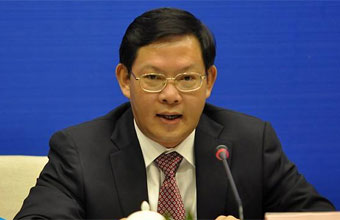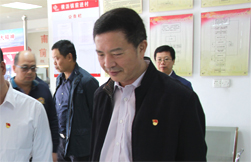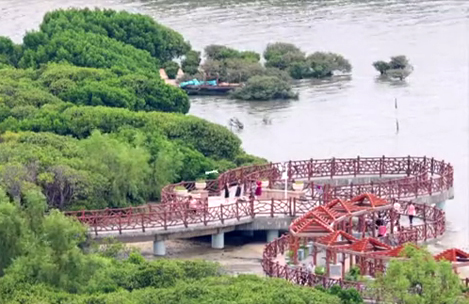Home> Biz Updates
Focus on environmental efforts during industrialization
The hydrogen-rich coke oven gas is the best starting point in building the circular economy, Yin said.
He added that the operators of the two projects considered the prices and supply stability to achieve win-win results.
Cao Xianghong, a senior member of the technology committee of Sinopec and an academician of CAE, suggested the operators of the steel and petrochemical projects work together to calculate the recycling of coke oven gas so that the benefits and risks could be shared.
The circular economy plans should also include the treatment of liquid waste and should extend from individual enterprises and inter-enterprises to the entire society, with sewage and garbage treatment and residual heat usage to be planned in a systematic way, said Wang Yide, a CAE academician.
Waste plastics, for example, can become raw materials for the blast furnace.
The petrochemical and steel projects should shoulder their social functions and build up sound circular development relationships with the city and its residents to win their support, Wang said.
Synergy and energy exchange between the steel plant and the petrochemical plant is exciting and marks a milestone, said Cui Jian, deputy general manager of Baosteel Group. He said there were a lot of opportunities for cooperation, including producing new resources by mixing acid waste from the steel plant and alkali waste from the petrochemical plant and the potential to establish a joint venture.
Compared with many other Chinese cities, Zhanjiang is environmental friendly and its air quality ranks among the top in key environmentally protected cities.
The city's PM 2.5 readings, which measure air pollution, stay below 20 year round and the drinking water sources and offshore seawater meet quality standards, according the city government.
The government said it strived to strike a balance between industry and environmental conservation.
In January, the government started to broadcast real-time PM 2.5 readings from six public monitoring points on the city's Environmental Protection Bureau website.
The first electronic board displaying real-time PM 2.5 and other environmental indices went into use in April with more expected to go online.
Zhanjiang should safeguard the environment while developing its industry, otherwise the city's agriculture, tourism and people's livelihoods will be affected, said Liu Huanbin, former president of South China University of Technology and a member of the Russian Academy of Engineering, during a trip to the city last month.
Apart from advanced technology, strict management of the projects would be necessary, he said.
Lu Yonggen, former president of South China Agricultural University and a CAE academician, said that Zhanjiang should also make efforts to retain its agricultural advantages, which are highlighted in the unique farming area in the Leizhou Peninsular.

 Print
Print Mail
Mail 5G construction supports Zhanjiang's high-quality development
5G construction supports Zhanjiang's high-quality development
 Acting mayor inspects project construction in Xuwen, Leizhou
Acting mayor inspects project construction in Xuwen, Leizhou Zhanjiang island an "egret paradise"
Zhanjiang island an "egret paradise"  Dancing egrets add vitality to Xiashan
Dancing egrets add vitality to Xiashan